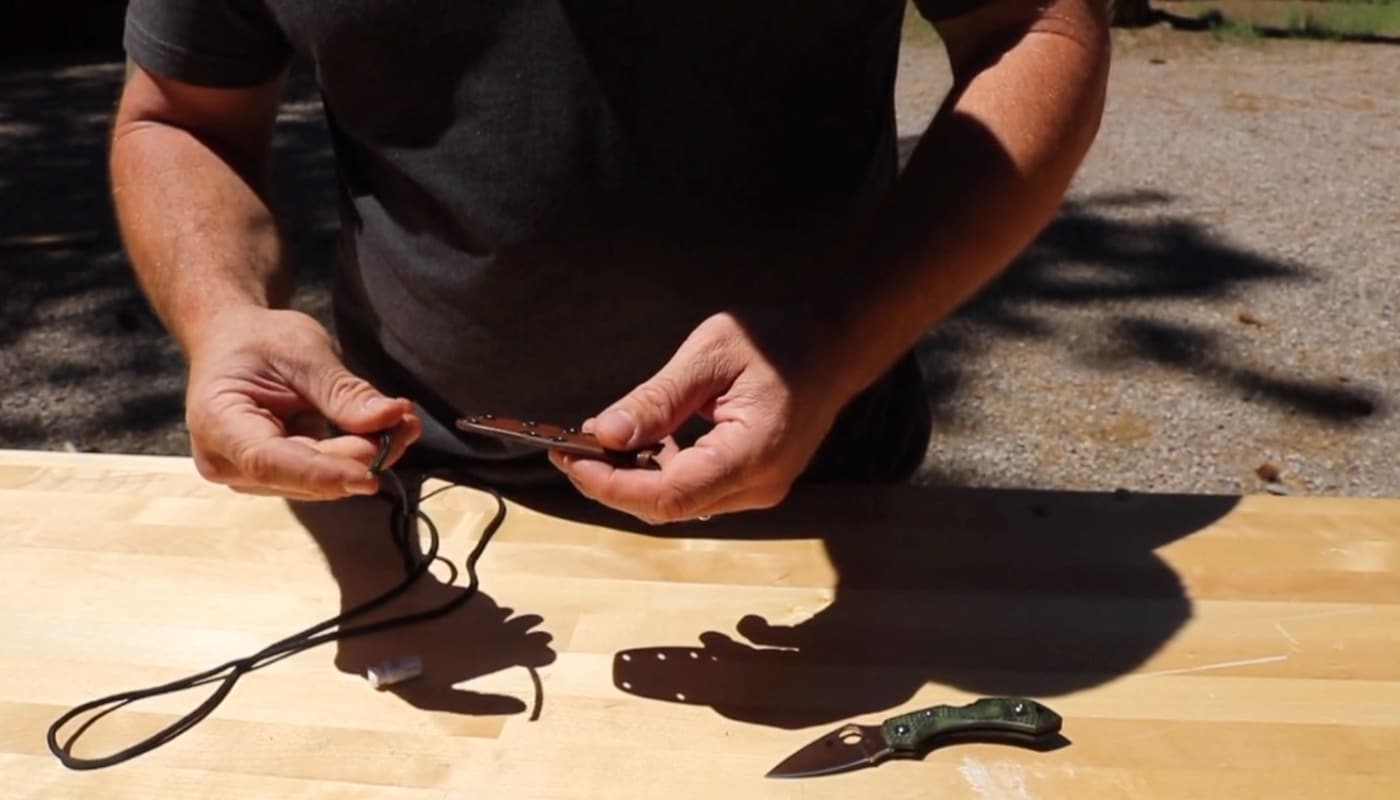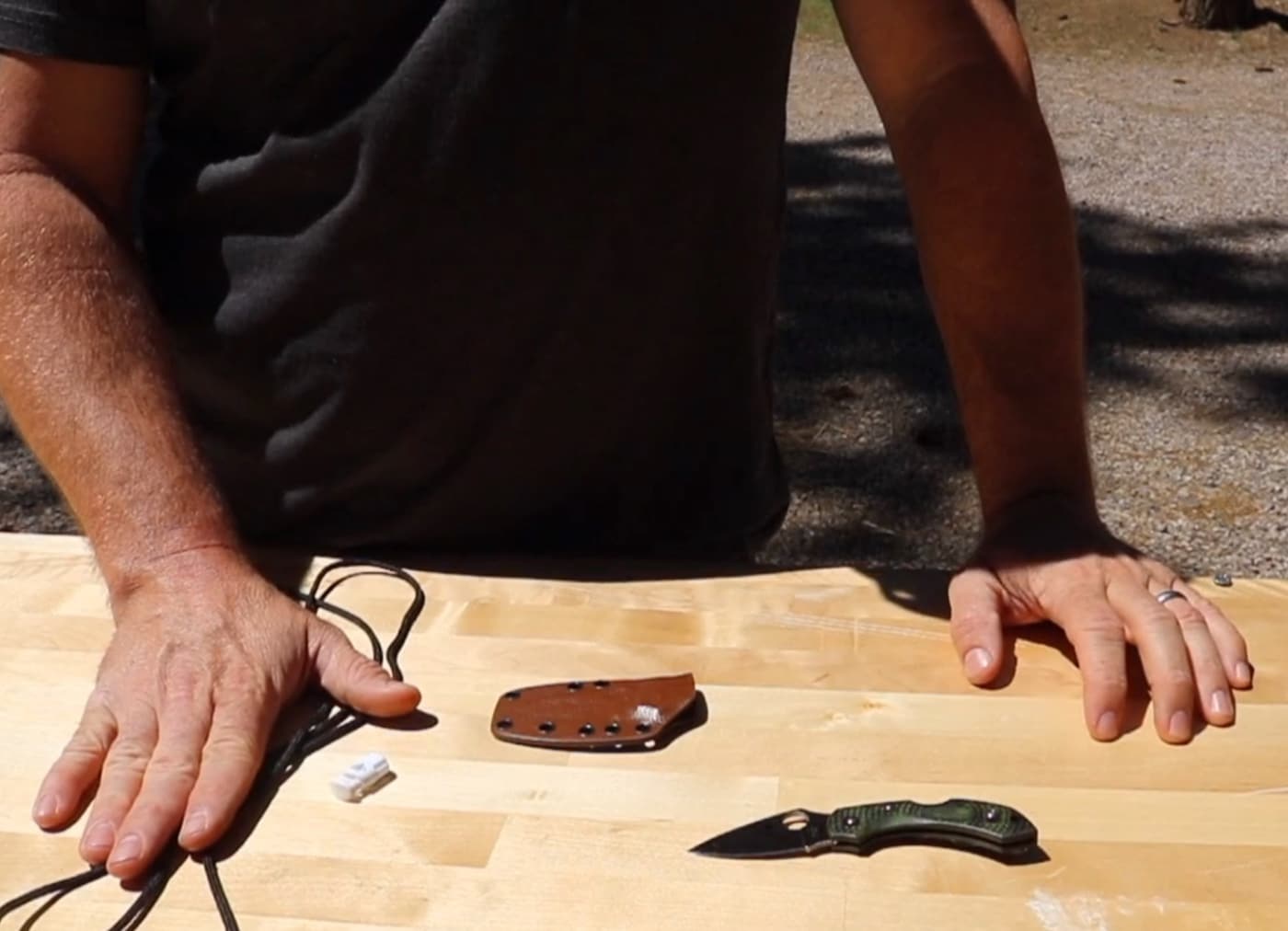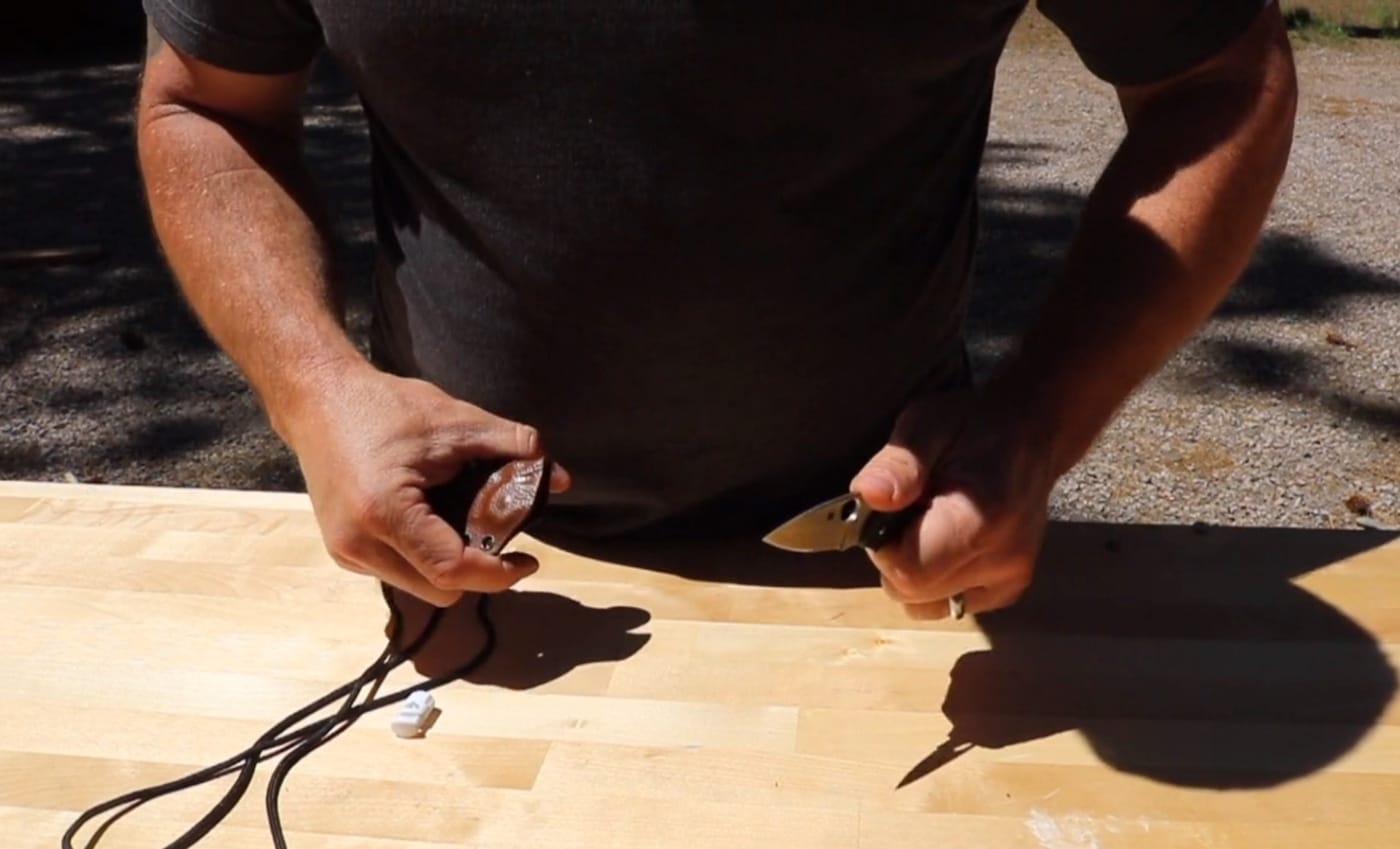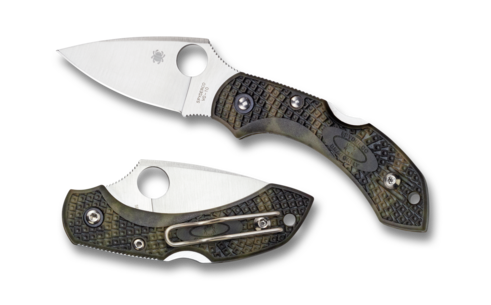I‘ve encountered a vast array of blades, from the elegantly simple to the mechanically complex. I’ve seen trends come and go, but one matter remains constant: the need for a durable edged weapon that can be used for self defense without incurring legal problems.
That’s where the Spyderco Dragonfly comes in.

The Dragonfly, which I am reviewing here, is a credible option as a personal protection tool. I’m no stranger to the Spyderco lineage, and I was consequently intrigued by this particular model’s potential.
Due to it’s relatively small size, the Spyderco Dragonfly might appear unassuming, perhaps even insufficient for this need. I’ve learned that size isn’t always an indicator of effectiveness. The devil is, as they are want to say, in the details.
Join me as we explore whether this small wonder is truly worthy of the high stakes it claims to serve.
Ergonomics and Size
In my experience, few knifemakers continuously deliver high-quality knives like Spyderco does. I had high expectations for the Dragonfly.
Ergonomics is one of the important aspects of a knife. It should fit the hand well while also ensuring that your hand will not slide out of position. The Dragonfly slides into my hand easily with good comfort even though it is compact.

The choil – that’s the curve between the handle and blade fit for your finger – conveniently cradles the index and encourages a firm grip. It helps you to hold onto the knife handle when used.
Spyderco characteristically integrates a thumb ramp complete with jimping – notched for traction – at the spine of the blade. I found the jimping helps to securely lock the thumb in place during use and give you more cutting power. For a knife envisioned for self-defense, this feature cannot be overstated.
Blade Material and Edge Retention
Spyderco used VG-10 steel for the blade. VG-10 is an excellent high-carbon vanadium steel created in Japan. It is classified as a stainless steel. It’s often used in good quality knives, and is considered as “exceptional” by any enthusiasts for maintaining an edge. Through a series cutting tests, the edge remained sharp, able to slice paper with ease.
As with many of the knives from Spyderco, the Dragonfly uses a thumb hole in the blade to allow for one-handed opening of the little knife. The task is easy to accomplish as the opening pivot is smooth.
Locking Mechanism
Journeying into locking mechanisms, I view the back-lock system of the Dragonfly as ideal. It is simple to operate under stress, and it is also incredibly strong. In fact, I think it is one of the strongest knife locking systems available on an EDC blade.
Fully snapping into place with an audible (and rather satisfying) click, there’s immediately a sense of security that the blade will not give way when used.
Pocket Clip Versatility
Spyderco uses a wire pocket clip design on the Dragonfly. The clip can be fitted to either side of the knife handle. However, you are limited to “tip up” carry. You cannot swap ends for the clip and carry tip down.
An Area for Improvement – Handle Texture
If there is an area of improvement that I’d like to see, it would be the handle material. Spyderco uses its traditional plastic handle – that tends to work well on larger folding knives. However, on a small folder like this one, they are sub-optimal.

I’d like to see Spyderco use G10 laminate with an aggressive texture for the handle. The scales you can machine into the handle makes it easier to grip and control a tiny little knife like Spyderco’s Dragonfly.
Additional Thoughts
While the knife is great as it is, I found a great way to carry it that is legal in most states while improving your ability to deploy it in an emergency.
If you are in a state that prohibits the concealed carry of a fixed blade knife, but allows the carrying of a folding knife, you can make or purchase a Kydex sheath that will allow you to carry the knife in the open position. Check with your local laws on this, but it might be an option for you.
[Be sure to read our article on folding knives vs. fixed blades.]
I love this knife. It holds an edge, is easy to carry and has a blade length that is long enough for defensive use while remaining legal in most areas of America. I’ve been carrying this knife for a while, and I expect to acquire the updated Dragonfly 2 version of the knife when it becomes available.
Join the Discussion
Featured in this video
Continue Reading
Did you enjoy this video?

 33
33







